Managing the grass surge
There has been an unbelievable surge in growth on farms over the last few days.
It has been a really quick turnaround, with some farms going from not enough grass to having too much grass over a two- to three-week period.
This will bring different challenges now to managing quality. The most important thing is to know how much grass you have. This will be found out ideally by measuring the grass you have in your paddocks or fields but for anybody not in a position to measure, walking the farm to assess what you have is the absolute minimum.
First cuts have bulked up small on some farms so this window could be an opportunity to take out some strong paddocks as bales to boost your silage supplies.
On lower-stocked farms, it’s probably an opportunity to ease back on fertiliser spreading and let growth meet demand. It’s a little harder to maintain quality when you are doing this, so topping paddocks which have gone to seed may be required after grazing to maintain quality.
Bloat issues
Bloat can become an issue at this time of year where animals are grazing high clover pasture.
Incidence of bloat can increase as the content of clover in pastures gets higher or animals are grazing very lush aftergrass-type grazing.
Bloat occurs when gas pockets occur in the rumen of the animal and cannot escape. Clover swards and leafy pasture are very easy and quick to digest and this increases the chances of bloat occurring.
Certain animals are prone to bloat and it is an inheritable trait. If bloat is an issue, consider including some long fibre in the diet like straw or hay in a round feeder in the field they are grazing.
If bloat continues to occur, consider taking the field out for silage. Avoid letting animals into these pastures very hungry as they could gorge grass and this will increase the chances of bloat. Bloat oil can be added to the water daily, which will help reduce the chances of bloat occurring.
Slurry safety tips
With lots of slurry on the move this week after silage has been cut on farms it’s important to be vigilant to the dangers around slurry spreading and handling.
Always use outdoor agitation points where possible and never enter a shed when slurry is being agitated. Open all doors and outlets to achieve a draught and good air circulation. Try to agitate tanks on a windy day to maximise air movement. One lungful of slurry gas can kill. Let someone know you are agitating and keep children out of the yard when slurry is being agitated and spread. Make sure all tanks are closed after slurry spreading and the yard is left safe.
Stock bulls
Keep a close eye on stock bulls and record as many heats and serves as you can to avoid any surprises at scanning time. Newly purchased young bulls shouldn’t be going out with more than 15-20 cows in the first season. Make sure the bull has received the same vaccinations as cows.




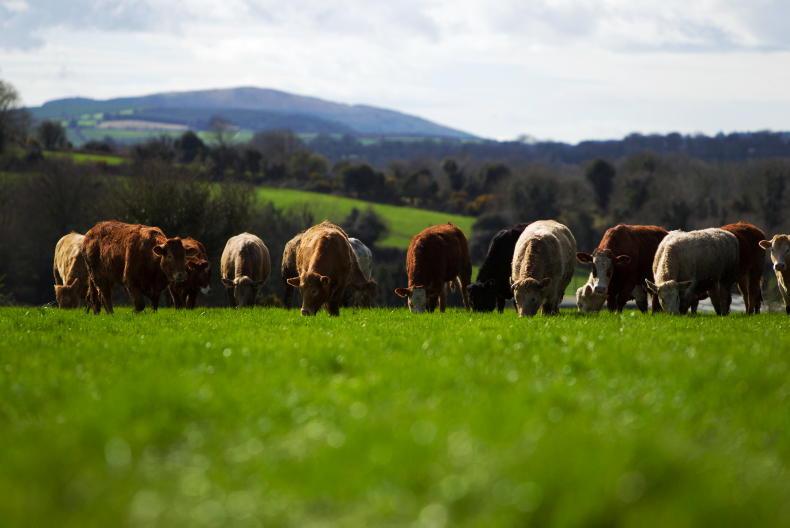
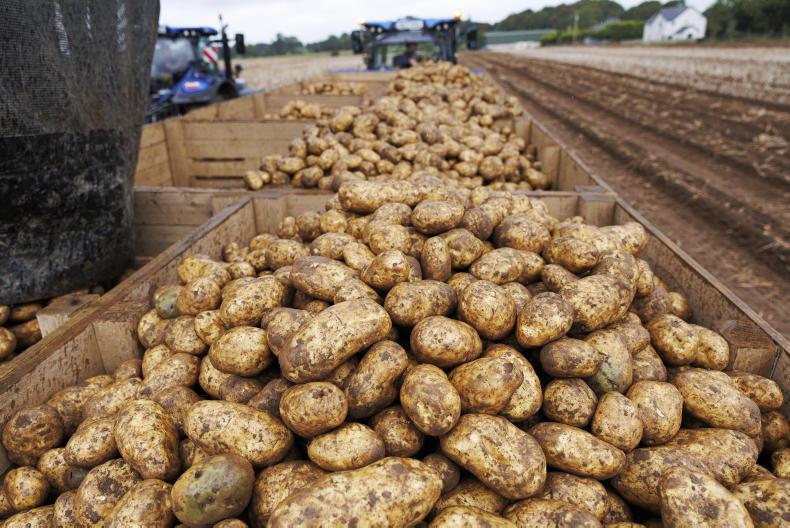
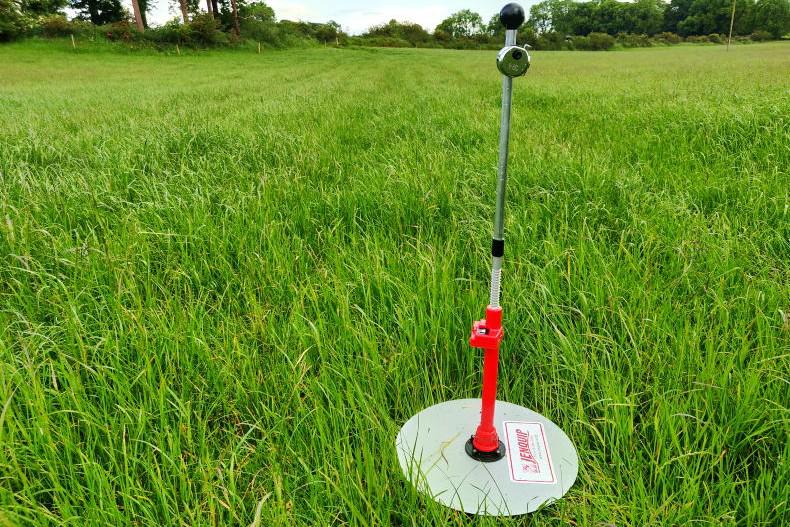
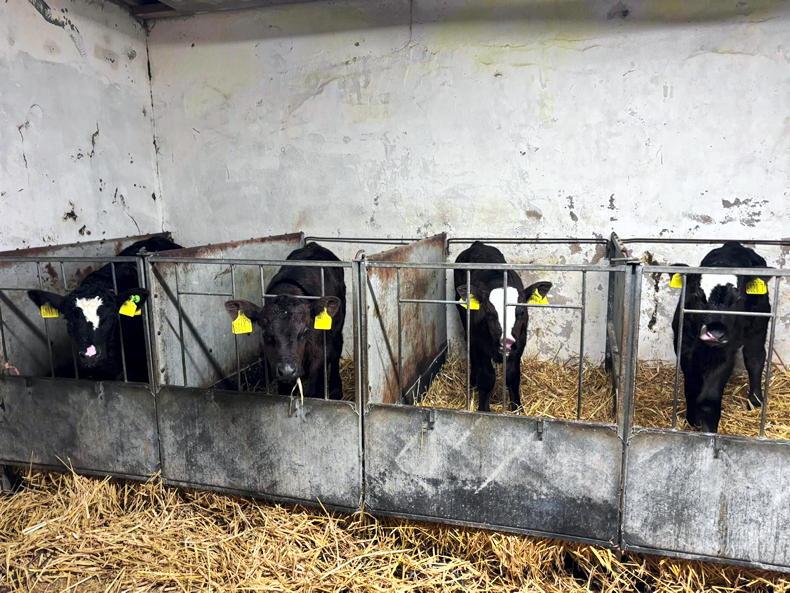
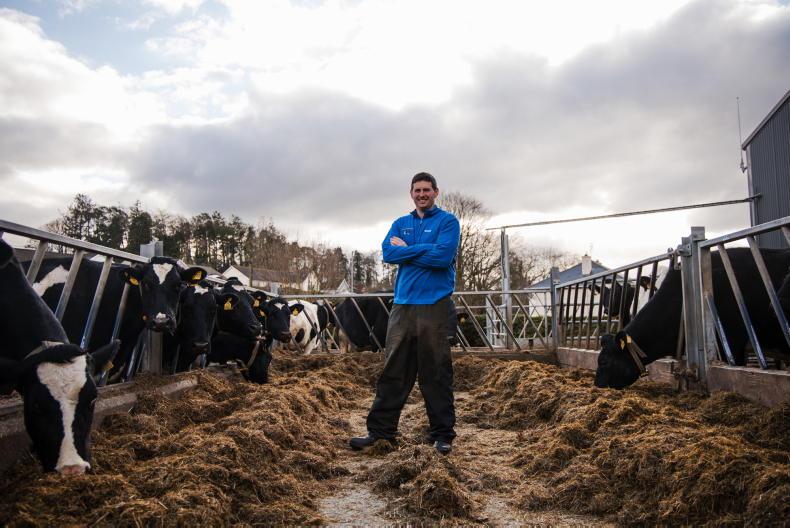
SHARING OPTIONS